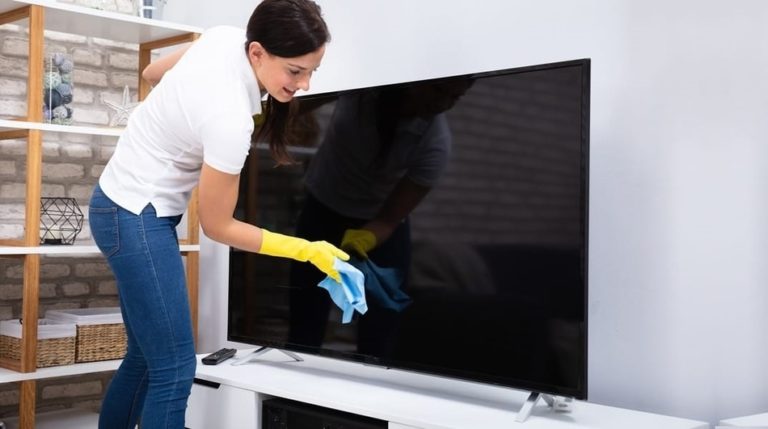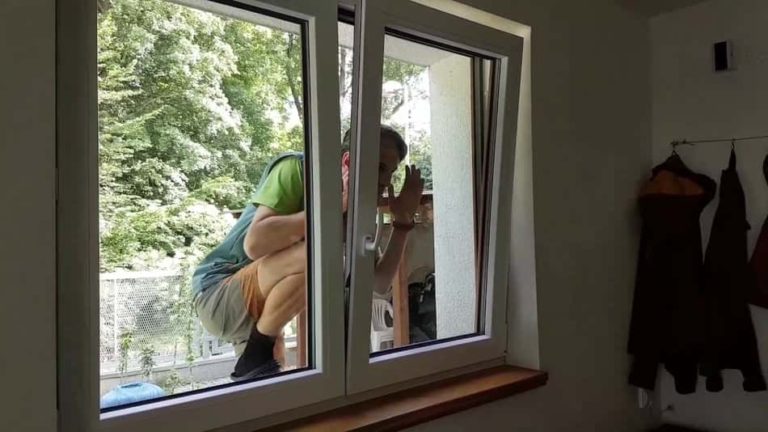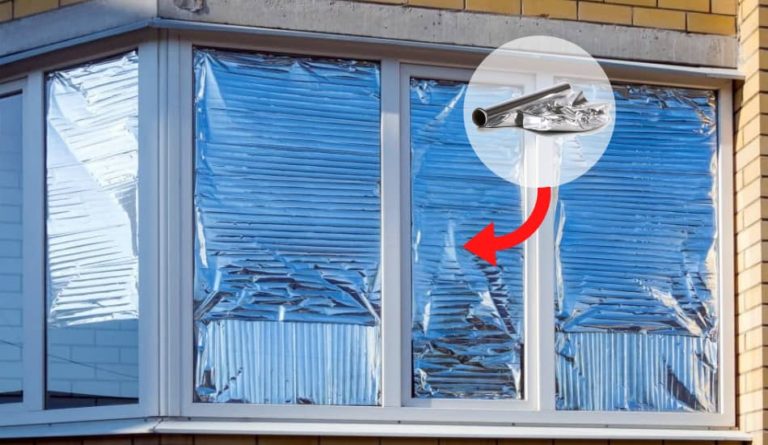The Pros And Cons Of Home Ventilation Systems
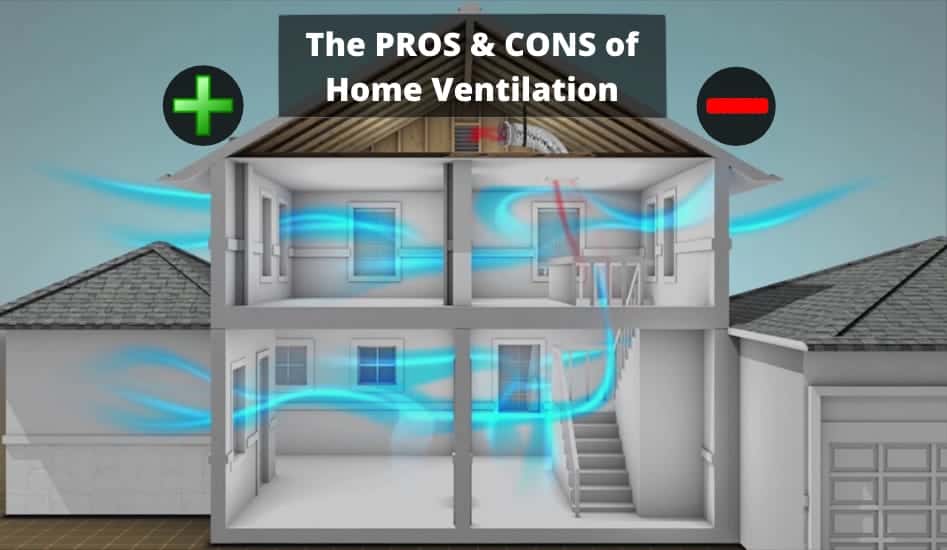
The issue of good ventilation in a home is essential for the occupants of the building and for the building itself. Home ventilation systems has their advantages and disadvantages. On closer inspection, supposed problems often actually turn out to be real benefits. It is the same with window ventilation: Many homeowners believe that the windows in a ventilation system must always remain closed.
If no one is at home for a long time, the technology works at a low level and counteracts stuffy air. Good ventilation is necessary to renew the air but also to evacuate toxic pollutants and other allergens. But like many technical systems, home ventilation has it owns advantages and disadvantages. There are four types of Home Ventilation Systems, and here we will list all the Pros and Cons of them:
| The PROS: | The CONS: |
|---|---|
| 1. Protection from outside noise and dirt | 1. Installation costs can be quite expensive |
| 2. Regular air changes create a fresh air | 2. Bulky Equipment And Unattractive Apperance |
| 3. Protection against mold due to high air humidity | 3. Natural Ventilation Depends on Weather |
| 4. Decreasing heating costs through heat recover | 4. Questionable Air Quality |
| 5. No motor is needed to operate | 5. It can affect the interior design |
| 6. Almost no maintenance to do | 6. Additional Heating Cost |
| 7. Ability to Perform Forced Ventilation | 7. Doesn’t Handle Humidity |
| 8. Easy Installation | 8. Some Systems don’t work in Summer |
| 9. Better security | 9. Possibility of Intrusion |
| 10. Prevents Internal High Temperatures | 10. Wind Can Affect Air Renewal |
You can check on Amazon also various types of Home Ventilations Sysmtes.
Table of Contents
The PROS of Home Ventilation Systems
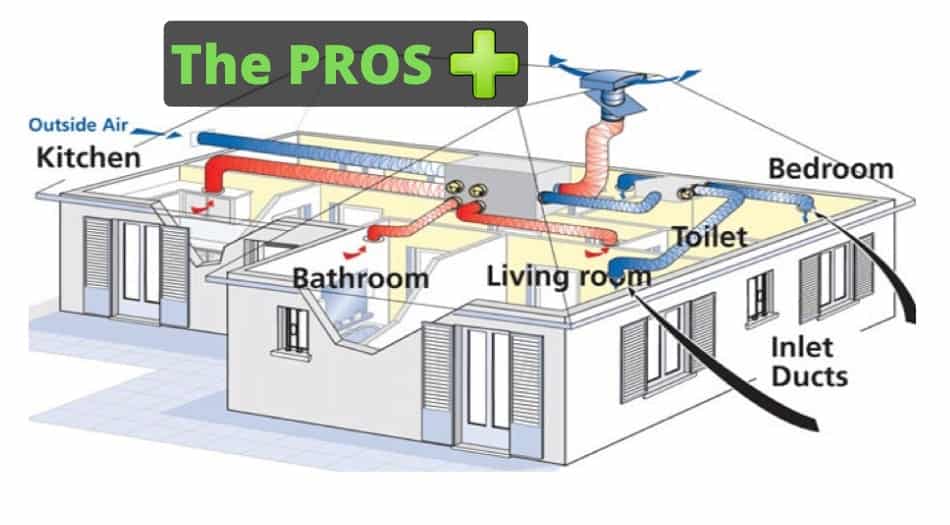
1. Protection From Outside Noise And Dirt
Consumers who live on busy roads or in areas with high levels of noise often have the same problem: they cannot open the windows without having to endure the noise from outside. Therefore the ventilation technology varies. Ventilation with air supply and exhaust air has to have loud noises just keeping out the advantage due to integrated silencer. Residential ventilation filters also ensure that dirt particles and pollen do not get inside. As a result, the room air is always clean and fresh.
2. Regular Air Changes Create a Fresh Air
Living room ventilation has other advantages: Because it also transports pollutants and odors out of the house and thus ensures a real feel-good climate. This is made possible by a continuous air change, whereby the systems extract used air from kitchens, bathrooms and other rooms and replace them with fresh and oxygen-rich from the outside.
3. Protection Against Mold Due to High Air Humidity
In everyday life, people, animals and plants release a lot of water into the air. If this remains in the house, it can condense on cold wall surfaces and promote mold. While leaky windows in many old buildings naturally regulated moisture levels, this often no longer works in modern buildings. Ventilation systems offset this disadvantage. They safely remove the water vapor and prevent toxic mold in the apartment.
4. Decreasing Heating Costs Through Heat Recovery
Home ventilation has advantages and disadvantages. Many homeowners fear of high heating costs due to the regular exchange of indoor air. In contrast to window ventilation, the opposite is exactly the case – at least when living room ventilation works with heat recovery. Because it transfers the heat of the used exhaust air to the fresh supply air and preheats it to comfortable temperatures. This relieves the heating and reduces energy costs.
5. No Motor is Needed To Operate
No motor is needed to operate! It therefore does not cause energy consumption or noise pollution; Wind pressure and temperature differences are the only engine, which reduces your impact on the environment. So you don’t have to worry about extra spending.
6. Almost No Maintenance To Do
There is almost no maintenance to do. It is an economical solution. The ventilation grilles and the extraction vents display very affordable prices in DIY stores or on the Internet. In renovations, natural ventilation is often preferred as best solution since it avoids cluttering with ductwork and an independent double flow unit.
7. Ability to Perform Forced Ventilation
The great advantage of ventilation is that it can be used at any time of the year, and has the ability to presence of the ceramic heater, have high-quality filters thus providing a multi-stage dust cleaning system, and other contaminants. The volume of incoming air, noise, energy consumption, filters and the size of the device play a big role here.
8. Easy Installation
Some of the types of ventilation systems are very easy to install. Most things can be mounted on the roof space, where the power source is placed with the duct through the hallway. If you want, you can also have another air supply duct from the outside, so you will not take fresh air from your roof space.
9. Better Security
As rooms, business premises and large halls need to be ventilated from time to time, windows and doors need to be opened for a while to allow new air to circulate and come in. With ventilation systems you don’t have to leave your windows and doors open for new air to come in. This gives you better security inside the house.
10. Prevents Internal High Temperatures
One of the biggest pro of ventilation systems is that it prevents you from having high internal temperatures. The way the ventilation system works is that it releases warm air and cooler air is entering the room. TVs, computers and other electronic equipment emit the most heat inside the living room.
The CONS of Home Ventilation System
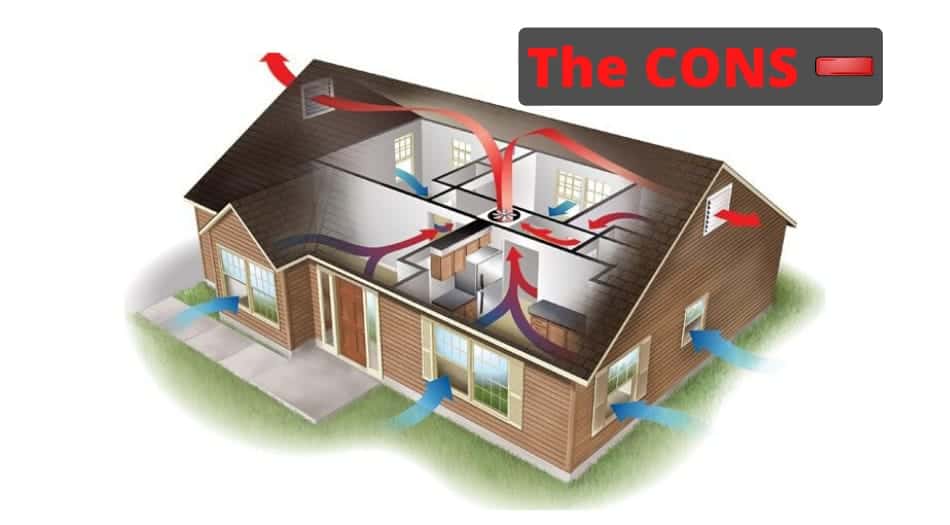
1. Installation Costs Can be Quite Expensive
As the first disadvantage of ventilation we can say it is the purchase cost. Especially for central systems, builders and homeowners first have to dig deep into their pockets. As a guideline, experts in single-family homes quote prices from $4,000 to $10,000. Decentralized systems, which consist of individual fans, are cheaper and cost from $2,000 to $5,000. Above all, the filters of the systems must be checked, cleaned or replaced at regular intervals.
2. Bulky Equipment And Unattractive Appearance
The main shortcoming of a VMR system is the presence of bulky equipment and an unattractive appearance. Noise pollution can possibly be caused by the short distance from the devices. The professionals will give you all the characteristics of the existing models according to your needs. Cleaning of filters and air vents should be regular for optimal operation.
3. Natural Ventilation Depends on Weather
Natural ventilation can cause heat loss in winter and condensation in summer. As a result, its flow varies continuously. To be able to take advantage of the thermal draft, the outside temperature must be lower than that inside the accommodation, which is rarely the case during the summer season. In this context, insufficient ventilation may cause humidity and condensation.
Natural ventilation does not control the amounts of air that pass through the building. This is explained by the temperature differences between inside and outside, the movements of the wind and the atmospheric pressure.
4. Questionable Air Quality
Sometimes it can happen that the air from the roof space that enters the ventilation system is not fresh and contains a lot of dust, dirt and rodent particles that can accumulate after a long time over the years. These systems have built-in filters, but it’s simply not possible to guarantee that none of that will get through. You need to know that ventilation systems that draw the air from the roof do not meet the set standards. Therefore, new standards must be drawn from the outside.
5. It Can Affect The Interior Design
The openings in the facades are not necessarily very aesthetic. Some houses were built so that they did not plan ventilation systems and it would pretty much disrupt the interior design. Therefore, when choosing the best ventilation system, you should consult and find the best solution.
6. Additional Heating Cost
Installing a ventilation system can create additional heating costs. Ventilation systems that have positive pressure only ventilate and they do not transfer or recover heat. Also, this system is adding in your home, and your heating system will need take up the slack.
7. Doesn’t Handle Humidity
In places that have high humidity, ventilation system is simply drawing the air which is already full of moisture. Therefore, it is also one of the disadvantages of certain ventilation systems, they doesn’t handle humidity.
8. Some Systems Don’t Work in Summer
During the summer, high temperatures can make your roof space too hot. This happens because some ventilation systems push that hot air into your roof so you need to turn it off. There may also be a problem with potentially increased humidity. Ventilation systems that do not have built-in humidity sensors usually increase the moisture level.
9. Possibility of Intrusion
One of the main disadvantages when it comes to ventilation systems is that they can provide additional avenues for intruders to enter the house. Thieves can use windows or ventilation holes in some large buildings to get in. Also, insects and small animals can enter also into homes. Rodents also know how to enter, sometimes through small openings. Homeowners can solve this problem by sealing the edges of ventilation.
10. Wind Can Affect Air Renewal
Indoor air quality is not necessarily guaranteed. The wind can effectively compromise the renewal of the air depending on the direction in which it blows. open windows can also disturb the proper functioning of ventilation, and it is not to mention the openings which allow noise and pollution to pass through. In an urban environment, it is therefore essential to plan an acoustic treatment of the grilles.
The 4 Different Types of Home Ventilation Systems
1. Exhaust Ventilation Systems
These types of systems are most used in cold climates. In an exhaust air system, the used air is extracted from the damp rooms and blown out with a usually central exhaust air device. A slight negative pressure is generated in the building, so that outside air flows into the living and sleeping areas via air vents in the outer walls. The planned cross flow within a residential unit enables high ventilation efficiency. Depending on the post-flow technology used, residents can selectively allow the inflow in certain rooms.
2. Supply Ventilation Systems
The air supply takes place in the same way as we saw in exhaust ventilation systems. However, the evacuation is ensured mechanically by means of evacuation openings (EO) with exhaust fans in humid rooms. This system consists of a filter that purifies the air and a silencer that reduces the noise of the installation to the maximum.
This consists of ensuring controlled evacuation only when necessary. Integrated sensors (humidity, temperature, flow and CO2) are placed in the humid rooms and adapt the extraction rate to the real way of life. In this way, power consumption and heat loss remain very limited.
3. Balanced Ventilation Systems
As its name suggests, balanced ventilation (also called ventilation system D) automatically manages the amount of air entering and leaving a home and keeps it in balance. This system has two fans and two duct systems.
Balanced ventilation systems are designed to bring fresh air into the rooms where people spend the most time. Indeed, the latter directs the fresh air inside via grilles fitted in the windows or the exterior walls and evacuates the stale air mechanically. Thanks to the balanced system , fresh air is also routed mechanically.
4. Energy Recovery Systems
Energy recovery system: it is an energy system aimed at saving energy for heating and ventilation for domestic hot water. Energy recovery systems are much more expensive compared to previous systems on this list. In short, energy recovery systems are more and more numerous and adapted to the uses of the individual without altering the quality of comfort. They are more than necessary today because the energy costs are more and more expensive and it cannot be thrown out of the windows any more.
How Much Does Natural Ventilation Cost?
Count on average between $700 and $1,100 for its installation in a housing of 100 m2 of living space: And then, the investment will quickly pay off since you will use less energy. By calling on a specialist for your natural ventilation, you are guaranteed to benefit from efficient ventilation. The craftsman will effectively take into account the characteristics of the building and the climatic conditions of the region, for energy-efficient and comfortable accommodation in all seasons.
Conclusion
In this article, you can see all the pros and cons that a home ventilation system has. We have listed evenly the ten advantages and disadvantages of this system. Houses and business premises should be ventilated from time to time to keep fresh air available.
Therefore, ventilation systems are preferred in houses and buildings. When we consider everything, the advantages of this system are much greater than its disadvantages, and it is desirable to have such a system installed in your home or business premises. If you want to ask something, feel free to write below.


